Pranayama is the discipline of controlling one’s breath. It is quite fundamental to yoga, the holistic practice that aids in the promotion of one’s health on all levels. “Yoga” essentially signifies control, and “prana” denotes life energy in Sanskrit. Pranayama is, hence, a spiritual discipline. One consciously controls one’s breathing by taking deep breaths, holding them, and releasing them. It is a component of yoga, along with asanas (postures) and dhyana (meditation). All these techniques together work to produce yoga’s beneficial effects.
Pranayama’s main purpose can be defined as uniting one’s body and mind. In addition to cleansing one’s system, breathing deeply fills one’s body with oxygen. The beneficial physiological effects of this are intended to aid in healing.
Pranayama Benefits for Physical and Emotional Health
Enhances sleep quality:
Pranayama’s stress-reducing benefits possibly translate into better sleep. Clinical research has shown that 5 minutes of Pranayama can significantly reduce breathing and heart rates. This exercise also enhances sleep quality for those with obstructive sleep apnea.
Calms the nerves:
A study with healthy young adults found Pranayama effective in lowering stress levels. Scientists believe it reduces stress by calming the nervous system.
Heightens awareness:
Pranayama calls for a heightened awareness of the breath and its sensations. Mindfulness was significantly higher among students who practised Pranayama than those who did not in a study. The same students also demonstrated an enhanced ability to control their emotions. This was linked to the stress-relieving properties of Pranayama, which helps one become more present at the moment.
Boosts respiratory efficiency:
Pranayama is a form of breathing exercise that involves slow, forceful breathing that may improve lung capacity. Six weeks of daily Pranayama practice for one hour has been found to have the potential to improve lung function, according to a study significantly. The results of pulmonary tests showed that the practice significantly improved several measures of lung function. Research also suggests that Pranayama can help with various lung conditions, including Asthma and bronchitis.
Also Read: Unveiling the Significance and Advantages of Yoga
Lowers elevated blood pressure:
Hypertension, or high blood pressure, occurs when a person’s blood pressure rises to dangerous levels. It raises the odds of developing conditions like heart disease and stroke. Pranayama was found to be effective in managing high blood pressure levels as well in the multitude of studies conducted.
Boosts mental efficiency:
Pranayama can help your lungs, but it also has the potential to improve your cognitive abilities. Practising Pranayama has been shown to reduce stress and increase responsiveness. A study also found a correlation between rapid Pranayama and enhanced auditory memory and sensory-motor coordination performance. The researchers believe that Pranayama’s stress-reducing effects are responsible for these advantages. An additional factor is the enhanced oxygen uptake, which gives brain cells more energy.
Willing to begin with Pranayama but don’t know where to start? Visit India Yoga School today and learn more!


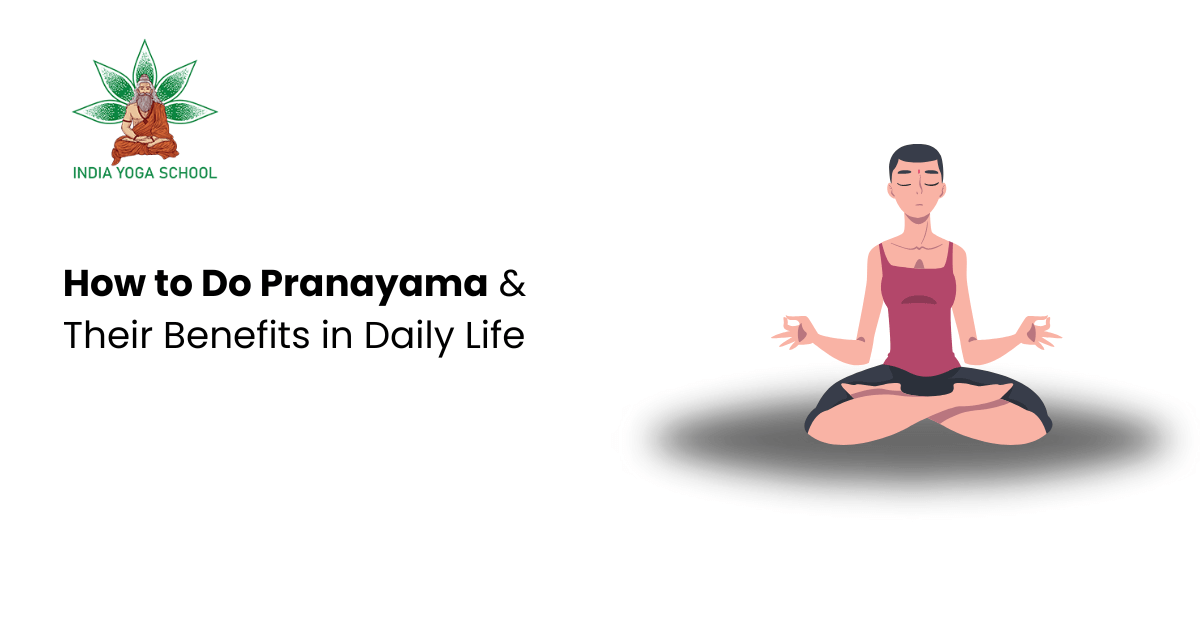
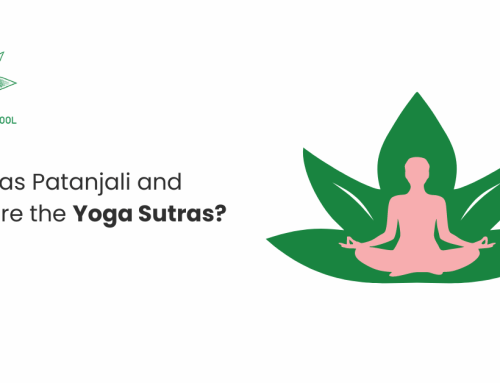
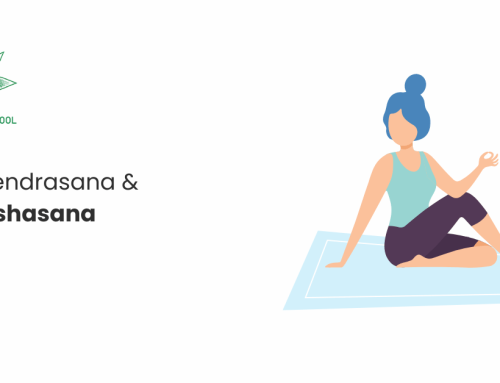
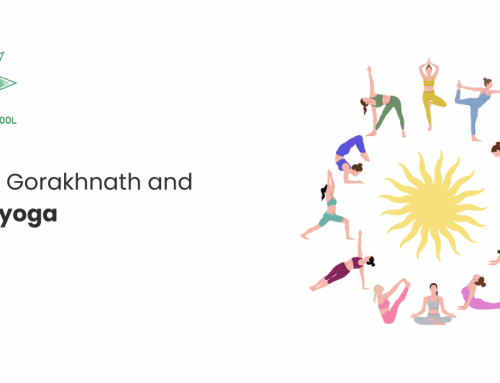
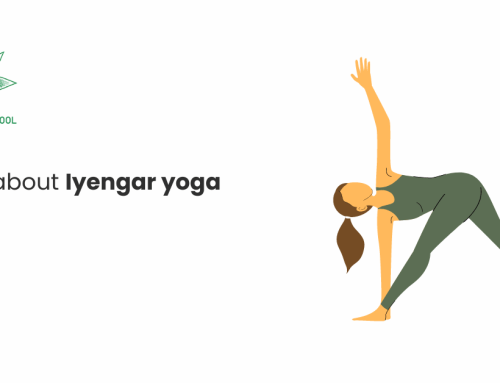
Leave A Comment